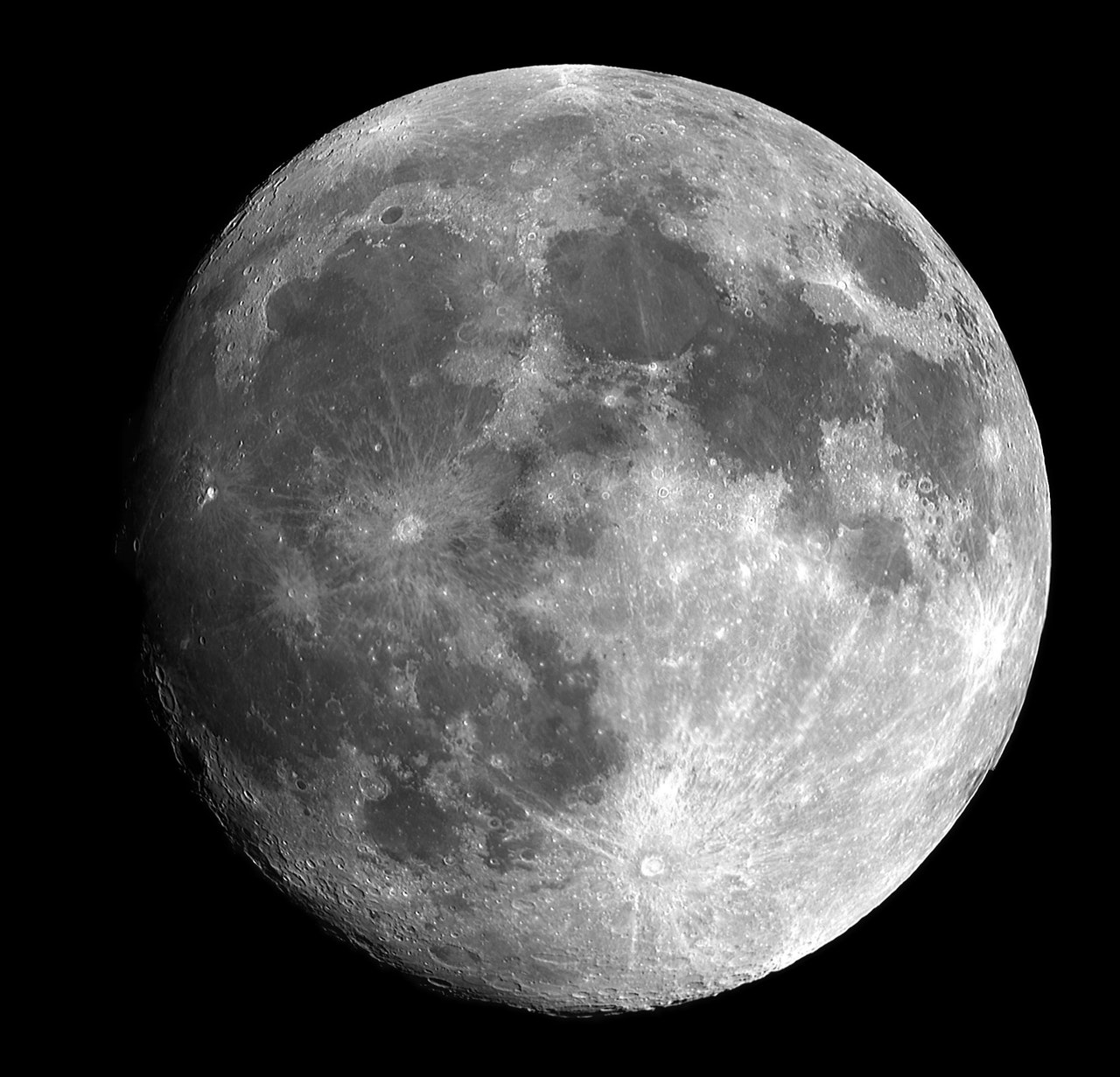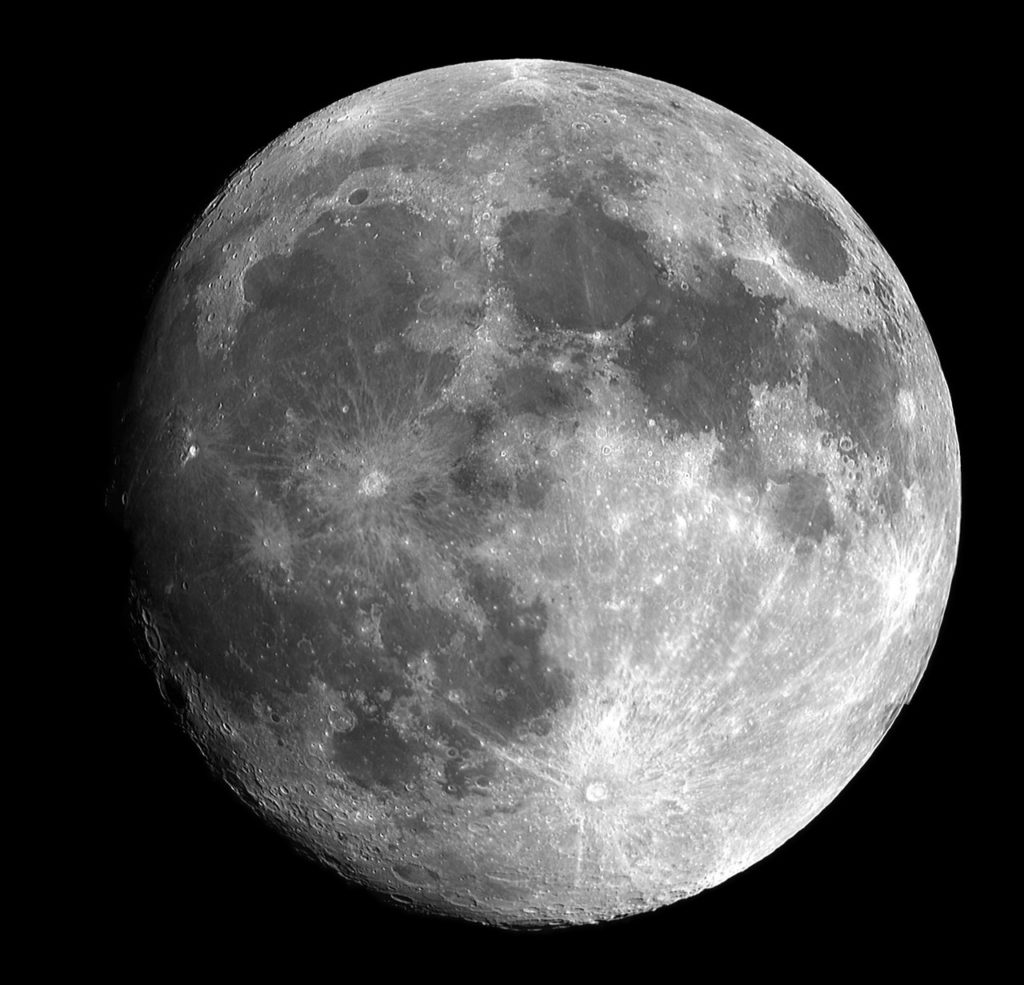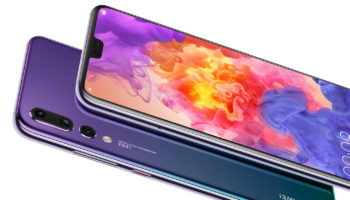Our phones allow us to connect with people all around the world, but now mobile networks are being taken to a new level. Next year, the moon is set to get its own mobile phone network. It’s all part of a project backing a privately funded moon mission – in fact, this will be the first privately funded moon mission. This comes 50 years after NASA astronauts first walked on the moon, and the advancements made in technology in those 50 years are really going to help.
The Key Players
The companies working to support the mission are Vodafone Germany, Nokia and Audi. These companies are helping PTScientists, a Berlin-based company, to see that a launch happens in 2019 from Cape Canaveral. According to the Vodafone Germany Chief Executive, “this project involves a radically innovative approach to the development of mobile network infrastructure” (Reuters).
“Radically innovative” is a good way to describe it; nothing like this has been done before, so as you can imagine, it is taking some serious thinking outside the box to make this happen. And, most likely, there will be some trial and error, and bumps along the road. But what is the technology looking like so far?
The Ultra Compact Network
The hardware consists of an extremely small device for the huge things it is going to do – it weighs less than a bag of sugar (1 kilo). Somehow, this tiny device, which has been aptly named the Ultra Compact Network, is going to deliver 4G mobile coverage to the moon. Nokia is going to be working with Vodafone Germany as the technology partner helping to create the Ultra Compact Network. Then, this network will be paired with two Audi lunar Quattro rovers to allow communication from the moon to Earth.
Why 4G?
The long term evolution (LTE) of the network, which is standard for 4G networks, will help by saving a lot of power while sending data, making this a sustainable way to communicate with and transfer data from the moon. One question people may have, is why they are using 4G?, when we have brand new 5G networks already running. The answer to that is a simple one – 5G networks are still in the testing stages, so they are not guaranteed to be stable enough to work well on the surface of the moon.
The Mission
Once this device is ready to go (the plan is 2019), the first privately funded moon mission will be carried out. But what is this mission? Robert Bohme, the CEO and founder of PTScientists said, “in order for humanity to leave the cradle of Earth, we need to develop infrastructures beyond our home planet” (LiveScience).
The Audi lunar Quattro rovers will explore NASA’s Apollo 17 lunar roving vehicle and use the network created by Vodafone and Nokia to communicate its findings back to Earth. This communication will come in the form of a live-stream HD video for a global audience. The information gathered and the information that is continually gathered using this network, will allow for the development of new space technologies, improve education, and improve research among other things.






